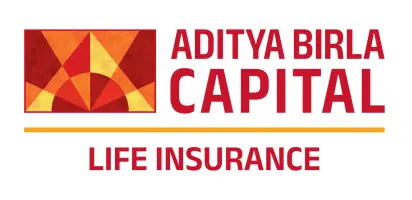Benefits
ABSLI Assured FlexSavings Plan provides you benefit of annual income along with the flexibility of unlimited withdrawals.
FAQs
At the inception of the policy, you need to choose the frequency of paying premium. This can’t be changed later.
At the inception of the policy, you need to choose your life cover based on your protection and savings need. This can’t be changed later.
Yes, you are allowed to avail loan against the policy once your plan acquires a surrender value.
The minimum loan amount is Rs. 5,000 and the maximum is 85% of your surrender value
We shall charge interest on the outstanding loan balance at a rate declared by us on June 1st of each calendar year determined as (x+2%), where x is the base rate of the State Bank of India. The interest charged by us on any outstanding policy loan balance accrues on a daily basis. The current interest rate applicable (calculated as on June 1st, 2019) is 11.05%.
The death benefit, maturity benefit or surrender benefit will be reduced by the outstanding loan balance (if any)
You are free to repay all or part of your outstanding policy loan balance at any time, subject to our then current administration guidelines
If the policy is in reduced paid-up status; should the outstanding policy loan balance equal or exceed the surrender value of your policy at any time, then the policy shall be lapsed without value, all the benefits in the policy shall cease and it shall be terminated
You will have to submit your KYC Documents, Medical history documents if any.
In case you have not paid premiums for two full years, then all benefits under your policy will cease immediately.
Explore Other Products
This policy is underwritten by Aditya Birla Sun Life Insurance Company Limited (ABSLI). This is a non-linked participating life insurance endowment plan. All terms & conditions are guaranteed throughout the policy term, except for the bonuses which would be declared at the end of each financial year. Some benefits are guaranteed, and some benefits are variable with bonuses based on the future performance of the participating business and economic conditions. GST and any other applicable taxes will be added (extra) to your premium and levied as per extant tax laws. An extra premium may be charged as per our then existing underwriting guidelines for substandard lives, smokers or people having hazardous occupations etc. For more details on risk factors, terms & conditions, please read the brochure carefully before concluding the sale. For precise terms & conditions please refer to the policy contract. Tax benefits are subject to changes in the tax laws. Some benefits are guaranteed and some benefits are variable with bonuses based on the future performance of the participating business and economic conditions. If your policy offers guaranteed returns then these will be clearly marked “guaranteed” in the illustration table on this page. For more details and clarification call your ABSLI Insurance Advisor or visit our website and see how we can help in making your dreams come true. Insurance is the subject matter of the solicitation. Aditya Birla Sun Life Insurance Company Limited (Formerly Birla Sun Life Insurance Company Limited) Registered Office: One World Center,Tower 1, 16th Floor, Jupiter Mill Compound, 841, Senapati Bapat Marg, Elphinstone Road, Mumbai - 400 013. Call Centre: 1-800-270-7000 www.adityabirlasunlifeinsurance.com IRDAI reg no.109 CIN: U99999MH2000PLC128110 UIN: 109N088V02
ADV/9/20-21/1057



